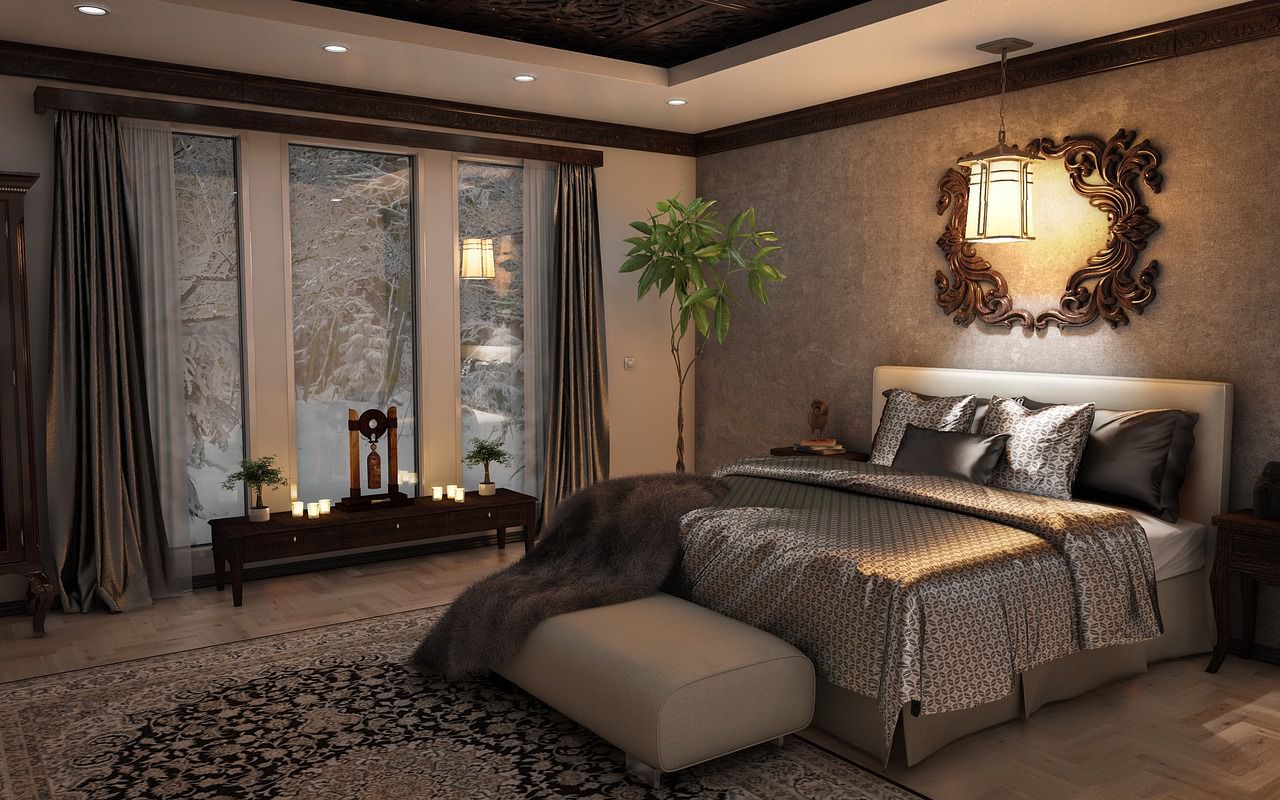It's not that hard to apply new wallpapers to refresh your room - but only if you know how to do everything right.
When applying wallpapers, you shouldn't rush things, or you can make some of the following mistakes that can ruin the final result.
Let's find out more about these popular mistakes.
Air Bubbles
Sometimes, when applying wallpaper, small pockets of air get trapped underneath. These bubbles can make your wallpaper look bumpy.
To avoid this, smooth the wallpaper carefully as you apply it, starting from the center and moving outward.

Uneven Cutting
If you don't cut the wallpaper straight or at the right length, it can lead to uneven edges or gaps between strips.
Measure and cut your wallpaper carefully to match your wall's size and shape.
Not Prepping the Wall
Sometimes, people don't prepare the wall properly before applying wallpaper. If the wall isn't clean, smooth, and dry, the wallpaper might not stick well.
Clean the wall and, if needed, apply a primer before you start.
Overlapping Seams
Overlapping the seams of wallpaper strips can create visible lines and bumps.
Instead, you should butt the edges of the strips together carefully for a seamless look.
Too Much Adhesive
Using too much adhesive can cause the wallpaper to become soggy, making it hard to work with and causing it to bubble or wrinkle.
Follow the manufacturer's instructions for the right amount of adhesive.
Ignoring Pattern Alignment
If your wallpaper has a pattern, it's important to match it up correctly when applying each strip.
If you don't, the pattern won't look right, and it can be distracting.
Conclusion
Don't try doing everything quickly - this work needs attention to details and care.
Keep your eyes on these potential mistakes to avoid them, so you can make your room beautiful!









